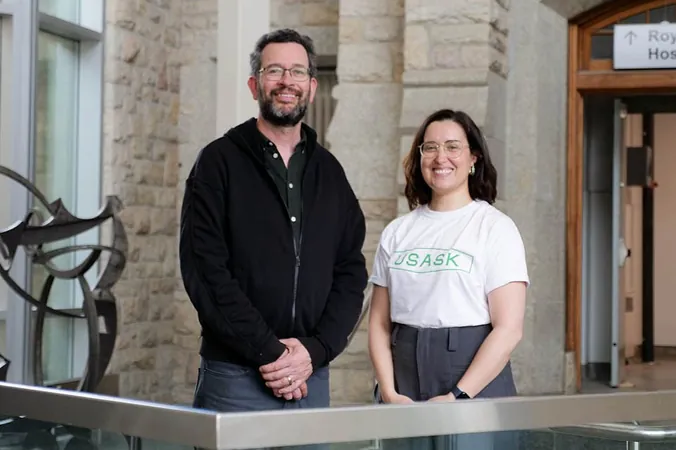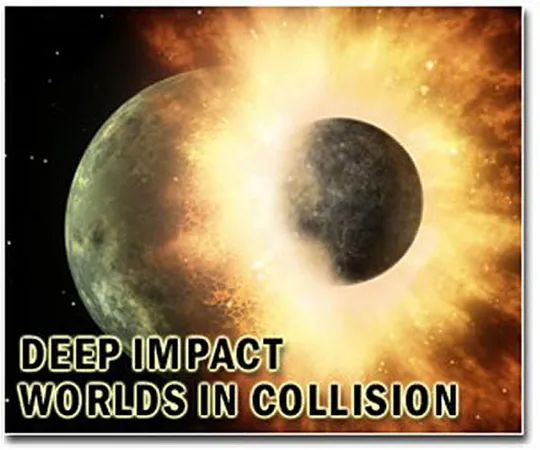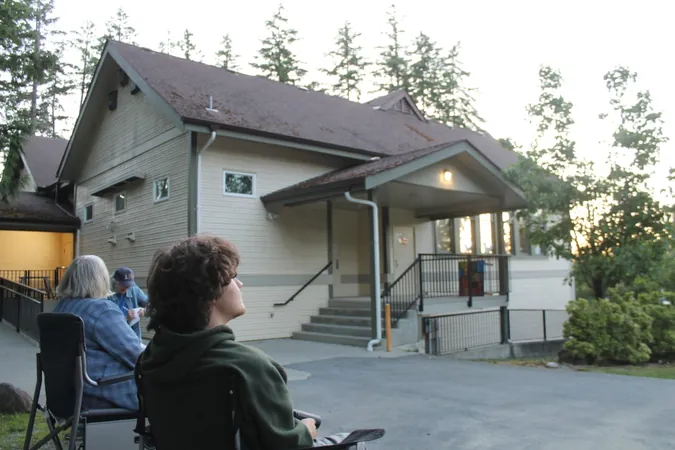
Debunked: No New Neurological Disease Emerges from New Brunswick Investigation!
2025-05-10
Author: William
The 2019 Mystery: A Cluster of Rapidly Progressive Dementia
In 2019, New Brunswick was shaken by alarming reports of a strange cluster of rapidly progressive dementia cases, sparking fears of an unknown neurological disease. Public Health New Brunswick (PHNB) quickly initiated an investigation to explore any potential environmental or toxic factors.
Unraveling the NSUC Label: A Placeholder for Uncertainty
By 2021, PHNB had introduced the term 'Neurological Syndrome of Unknown Cause' (NSUC) as a temporary diagnostic label to classify patients exhibiting unexplained neurological symptoms. This approach was meant to bring together various clinical presentations for better data collection and coordinated efforts in identifying possible causes.
Media Frenzy Fuels Fears: Speculations Run Wild
However, the media's amplification of the term ignited public speculation about an emerging neurological crisis. Unsupported claims about prion diseases and neurotoxic syndromes spread like wildfire, despite no definitive cause having been established. While media outlets inflated the case count to over 500, PHNB could confirm only 222 potential cases.
Groundbreaking Research: No New Disease After All!
A monumental investigation led by the University of Toronto has shone a light on the NSUC, revealing instead well-known neurological conditions such as Alzheimer’s and Parkinson’s disease. The research, titled "Clinical and Neuropathological Evaluations of the New Brunswick Neurological Syndrome of Unknown Cause" and published in JAMA Neurology, aimed to clarify whether these patients suffered from a new syndrome or recognized diseases.
Rigorous Evaluations Uncover the Truth
The study meticulously reassessed the diagnoses of 25 patients previously classified under NSUC, involving both living and deceased individuals. Clinical and neuropathological evaluations were conducted independently, without prior knowledge of the patients' histories, ensuring objectivity.
Shocking Findings: Misdiagnoses and Misclassifications
The results were staggering! Among the 14 living patients, substantial discrepancies between initial diagnoses and subsequent evaluations emerged. Ten patients originally diagnosed with severe neurological disorders were ultimately reclassified to have recognized conditions, revealing a spectrum from Parkinson's disease to traumatic brain injury.
No Signs of New Pathologies: The Final Verdict
For the 11 deceased patients, autopsy findings confirmed established neurological diseases, solidifying the lack of evidence for any new or mysterious pathologies. Statistical analysis confirmed a less than 0.001 probability of a novel neurological disease being present, with a staggering 95% confidence that no new disease existed.
Lessons Learned: Importance of Independent Evaluations
The researchers concluded that many diagnostic errors stemmed from the overinterpretation of tests and the misclassification of symptoms. This highlights a strong recommendation for independent clinical evaluations to safeguard against diagnostic mishaps and the ripple effects of speculative diagnoses.









 Brasil (PT)
Brasil (PT)
 Canada (EN)
Canada (EN)
 Chile (ES)
Chile (ES)
 Česko (CS)
Česko (CS)
 대한민국 (KO)
대한민국 (KO)
 España (ES)
España (ES)
 France (FR)
France (FR)
 Hong Kong (EN)
Hong Kong (EN)
 Italia (IT)
Italia (IT)
 日本 (JA)
日本 (JA)
 Magyarország (HU)
Magyarország (HU)
 Norge (NO)
Norge (NO)
 Polska (PL)
Polska (PL)
 Schweiz (DE)
Schweiz (DE)
 Singapore (EN)
Singapore (EN)
 Sverige (SV)
Sverige (SV)
 Suomi (FI)
Suomi (FI)
 Türkiye (TR)
Türkiye (TR)
 الإمارات العربية المتحدة (AR)
الإمارات العربية المتحدة (AR)